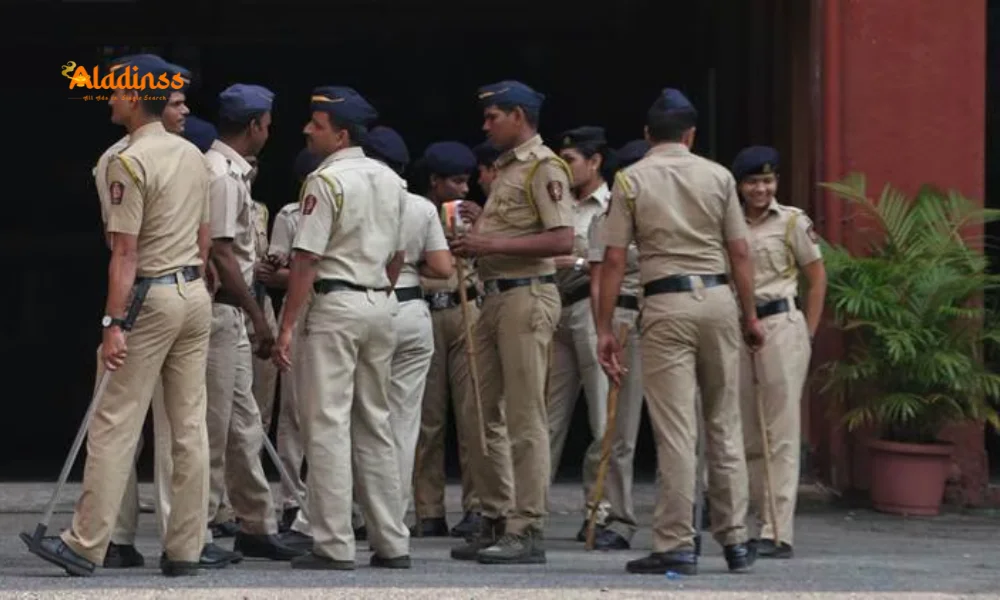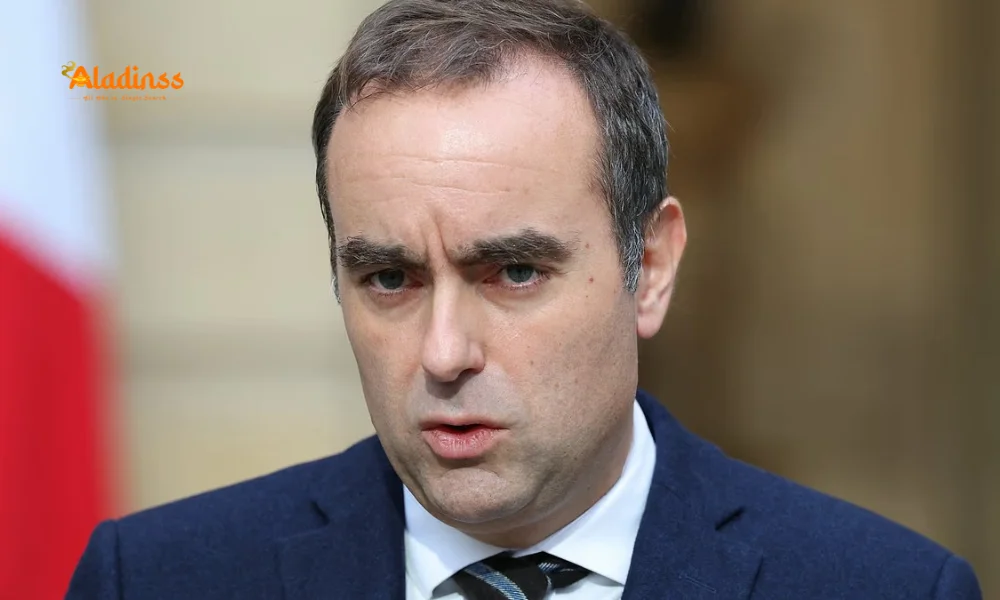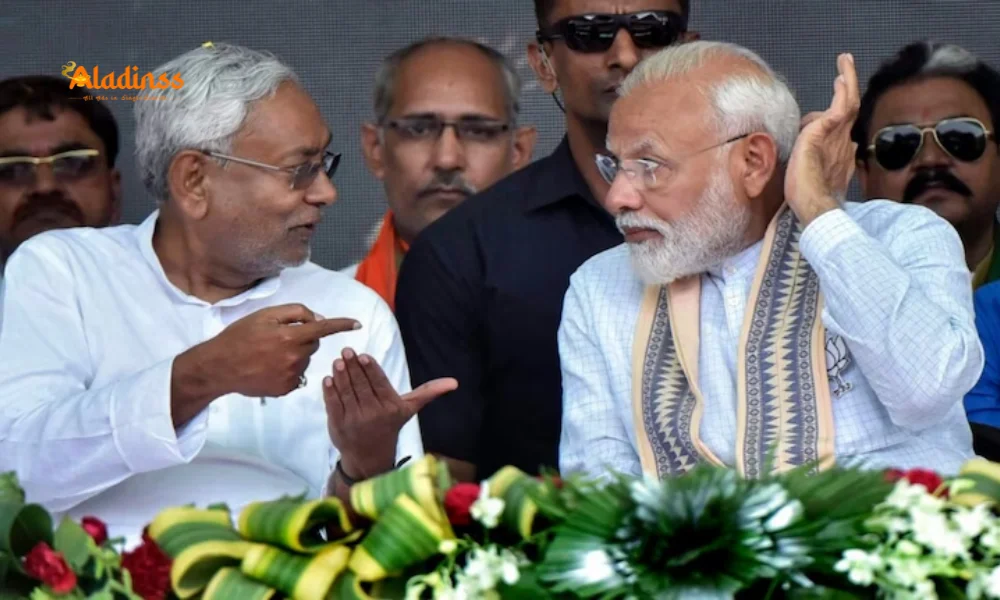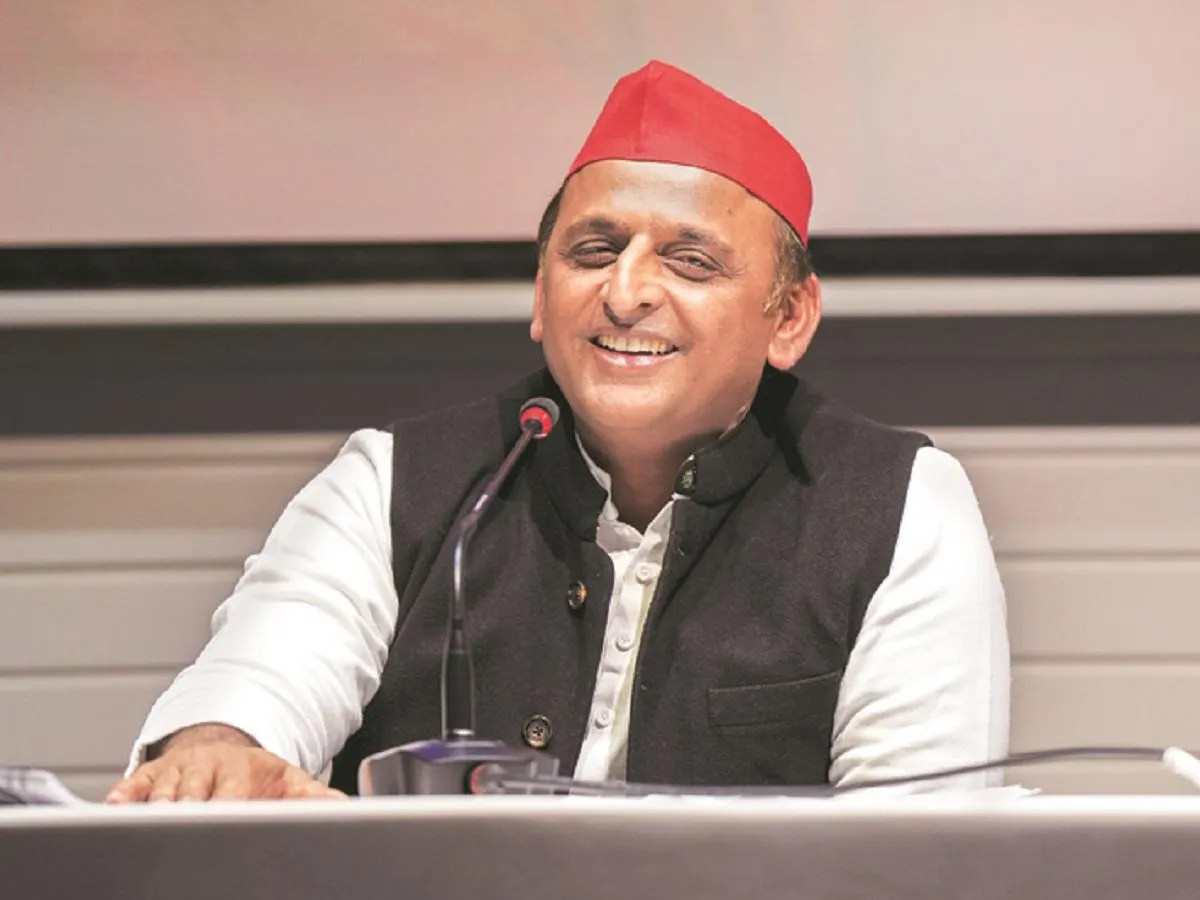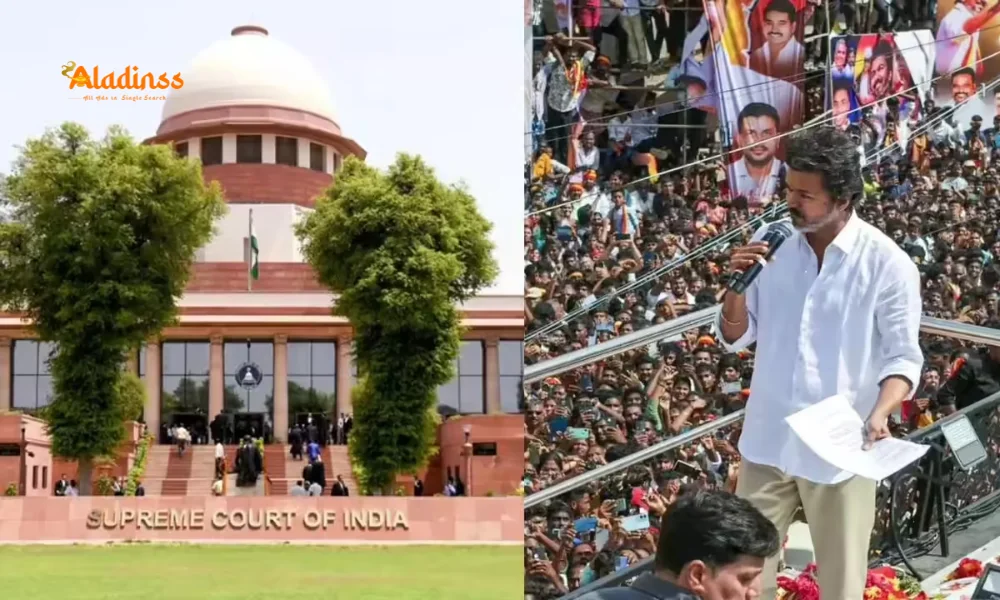Gaza Hostage Deal: Freedom in 72 Hours

Gaza Hostage Release Deal: All Captives Freed in 72 Hours Post-Israel Pullout
In a landmark breakthrough, the agreement forged between Israel, Hamas, and key mediators in Egypt stipulates that every Israeli hostage-both alive and deceased-currently detained in Gaza will be liberated within 72 hours following the complete withdrawal of Israeli Defense Forces (IDF) from the territory. Dubbed the "Implementation Framework for President Trump's Comprehensive Gaza War Resolution," the pact, unveiled by Israel's Kan public broadcaster, outlines a phased roadmap kicking off with Trump's declaration of an immediate ceasefire and commitment to execute the outlined measures.
This Gaza hostage release agreement represents a pivotal shift after nearly two years of protracted conflict, promising not only the repatriation of captives but also a surge in humanitarian aid and a structured prisoner swap. Israeli Prime Minister Benjamin Netanyahu's cabinet has greenlit the initial phase, paving the way for hostilities to halt within 24 hours of governmental endorsement, a move hailed as a testament to diplomatic tenacity amid global calls for de-escalation.

The accord's emphasis on swift hostage handover underscores the urgency of resolving the humanitarian crisis that has gripped the region, with families on both sides yearning for closure. As mediators like Qatar and the US orchestrate logistics, this deal could herald a fragile peace, contingent on unwavering adherence from all parties involved.
Phased Roadmap: From Ceasefire Declaration to Hostage Freedom
The agreement's blueprint commences with President Trump's public proclamation of the Gaza war's conclusion, affirming the signatories' resolve to enact the stipulated actions-a symbolic yet binding overture designed to build immediate trust. Upon Israeli cabinet ratification, hostilities cease forthwith, marking the dawn of a tentative truce that analysts predict could avert further devastation in the densely populated enclave.
Phase three unleashes unrestricted humanitarian corridors, facilitating the influx of essentials like food, medicine, and reconstruction materials into Gaza-a critical lifeline after months of blockade-induced scarcities. This provision aligns with UN resolutions urging unimpeded aid flows, potentially averting famine risks that have loomed over 2.3 million residents.
The IDF's phased retreat to predefined boundaries, as delineated in an annexed map, follows within 24 hours of approval, with explicit assurances against re-entry provided Hamas honors its obligations. This territorial concession, a cornerstone of the Israel Hamas ceasefire deal, addresses longstanding Palestinian grievances over occupation while safeguarding Israeli security interests through monitored demilitarization zones.
- Trump's announcement: Ceasefire commitment and implementation pledge.
- Cabinet approval: Instant halt to military operations.
- Aid surge: Unfettered access for relief convoys.
- IDF withdrawal: To mapped lines within 24 hours, no reoccupation clause.
These initial stages set the tone for reciprocity, fostering an environment where de-escalation begets further concessions, a model drawn from past Oslo Accords iterations but refined for contemporary realities.
Hostage Liberation Protocol: 72-Hour Window and Information Exchange
Central to the pact is the fifth phase: a 72-hour countdown post-IDF exit for the unconditional release of all Israeli captives, encompassing survivors and remains-a poignant closure for families enduring over 600 days of anguish. This timeline, meticulously calibrated, balances urgency with logistical feasibility, involving International Committee of the Red Cross (ICRC) oversight to ensure humane handling.
A key subclause mandates a bilateral data-sharing apparatus for unresolved cases, prioritizing the dignified exhumation and repatriation of bodies. Hamas commits to utmost diligence in locating and surrendering any overlooked remains, while Israel pledges equivalent transparency on Palestinian detainees' fates-a reciprocal gesture underscoring mutual accountability in the Gaza war end agreement.
Parallel to hostage returns, Israel will discharge an equivalent tally of Palestinian inmates from predefined rosters, executed via mediator-vetted channels sans fanfare or footage. This quid pro quo, estimated at hundreds per side, echoes 2011's Gilad Shalit exchange but scales up to encompass the war's toll, potentially freeing 1,000+ individuals and easing prison overcrowding strains.
The no-media stipulation shields the process from politicization, allowing families private reunions amid a conflict that has claimed over 40,000 lives, per Gaza health ministry tallies. Experts laud this as a humanitarian bulwark, mitigating risks of public outrage that could derail fragile pacts.
Oversight Mechanism: Multinational Task Force for Compliance
Culminating the framework, a multinational monitoring cadre-comprising envoys from the US, Qatar, Egypt, Turkey, and select allies-will oversee execution, liaising with protagonists to iron out hitches. This body, empowered for on-ground audits and dispute arbitration, draws from UN peacekeeping blueprints, ensuring verifiable milestones like aid metrics and withdrawal GPS logs.
Qatar's Doha headquarters could host the nerve center, leveraging its mediation prowess in prior swaps. Egypt's Sinai conduits will funnel aid, while Turkey's humanitarian fleet stands ready for flotillas-a tapestry of global stewardship to sustain the truce beyond initial euphoria.
Challenges loom: Hamas' disarmament pledges remain vague, and Israeli hawks decry territorial concessions sans ironclad guarantees. Yet, Trump's personal imprimatur-evident in his October 8 announcement-lends gravitas, pressuring Netanyahu against sabotage for domestic gains.
Humanitarian Surge: Aid Influx and Reconstruction Horizons
The accord's aid mandate heralds a deluge of supplies-daily convoys of 500 trucks bearing perishables, medical kits, and building materials-to nurse Gaza's battered infrastructure back to viability. UNRWA projections estimate $4 billion needed for Phase 1 rehab, targeting hospitals, schools, and water plants ravaged by airstrikes.
This lifeline, monitored by the task force, could halve malnutrition rates within months, per WHO models, while seeding economic revival through cash-for-work schemes. Palestinian Authority overtures for governance roles add layers, potentially bridging Fatah-Hamas rifts for unified administration.
Israel's non-reentry vow, tied to compliance, offers breathing room for demining and rebuilding, a fragile peace dividend that could inspire two-state dialogues anew.
Prisoner Exchange Dynamics: Parallel Releases and ICRC Role
The synchronized swap-hostages for prisoners-ensures parity, with lists vetted for high-profile figures like Marwan Barghouti on the Palestinian side. ICRC's neutral facilitation, honed in Yemen and Ukraine, guarantees secure handovers at Kerem Shalom crossing, minimizing exposure to spoilers.
This mechanism, devoid of spectacles, honors the gravity, allowing quiet returns that heal without exploiting grief. Past exchanges yielded 1,027 prisoners for one soldier; this iteration's scale could redefine deterrence paradigms, curbing abductions through assured reciprocity.
Global Echoes: Diplomatic Wins and Lingering Hurdles
Trump's blueprint, lauded by Biden holdovers, burnishes his legacy, potentially unlocking $10 billion in Gulf aid for reconstruction. Netanyahu's approval, amid coalition wobbles, averts snap polls, while Hamas' acquiescence signals internal realignments favoring pragmatists over hardliners.
Hurdles persist: verification of remains demands forensic rigor, and aid distribution risks factional hijacks. Yet, this Trump Gaza peace plan offers a beacon, where 72 hours could etch enduring peace from protracted pain.
As the clock ticks toward implementation, the world watches, hopeful that this accord transcends ink, birthing a Gaza reborn from rubble and resolve.
Comment / Reply From
No comments yet. Be the first to comment!

